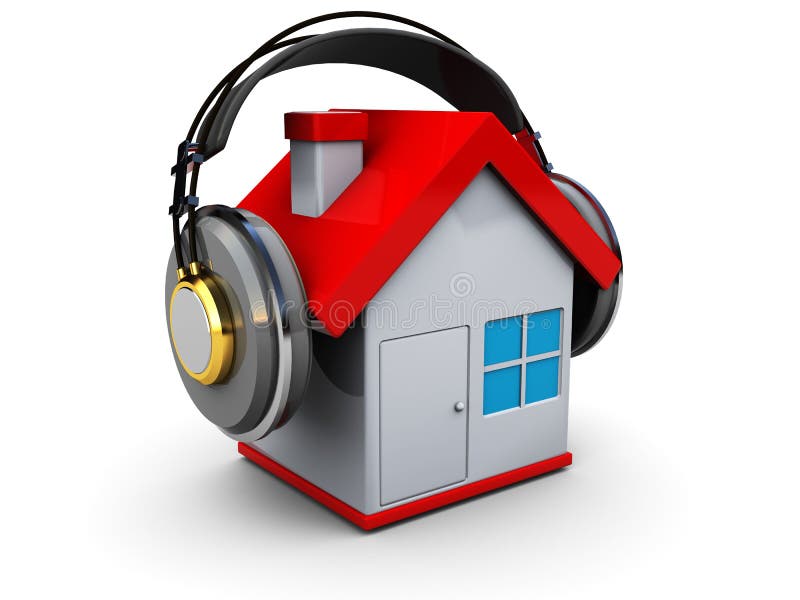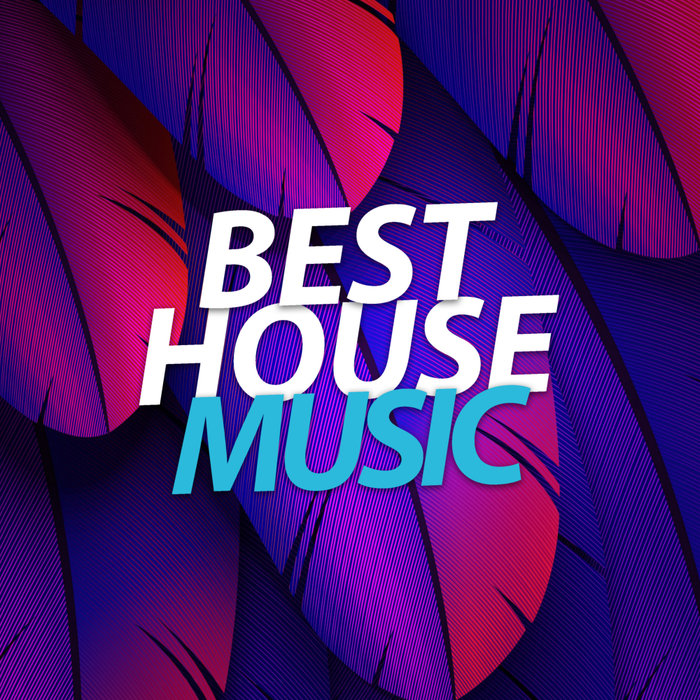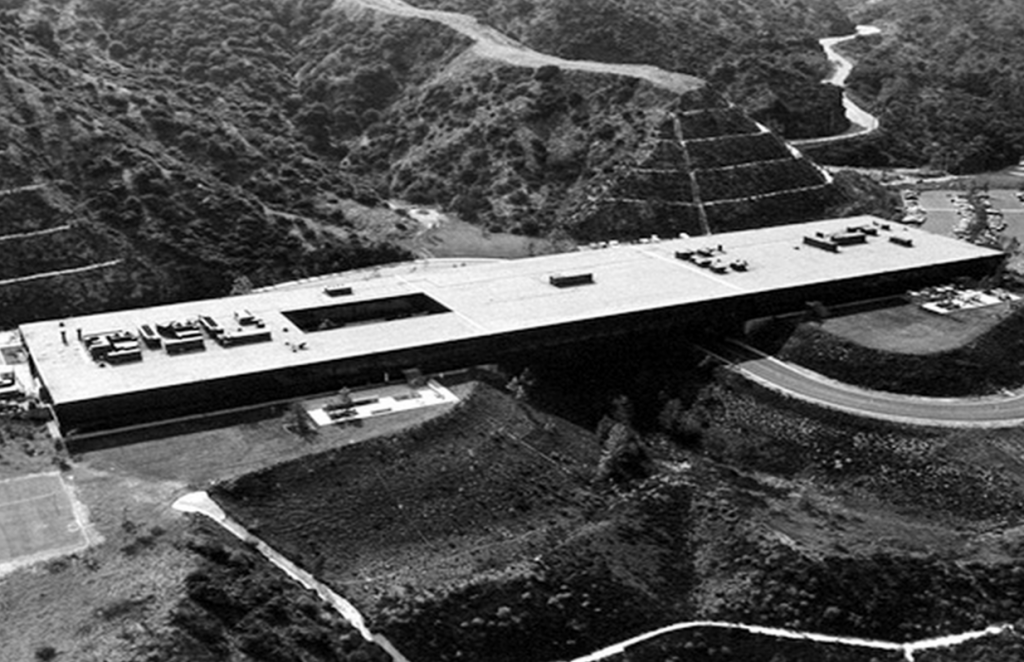Table Of Content
This Chicago/diva house track is the result of a musical transformation. “Love Can’t Turn Around” is a Chicago house song written in 1986 by Farley Keith Williams a.k.a. Farley ‘Jackmaster’ Funk and Jesse Saunders, with vocalist Darryl Pandy. In 1985, the band created a song called “In Your Mind,” which they gave to Ron Hardy to listen to. Mellow but with insistent beats, a light sprinkle of wildlife noises and a soprano sax threaded through it, making it sound like having a party inside a massive flotation tank. “Pacific State” is a 1989 single by the English electronic music group 808 State. The music for the song was originally played much slower during the recording process, and Jefferson sped it up for the final release.
Alternative Ways to Discover Music: Beyond Torrent Sites
No one’s in love with the idea that she’s saving house music or whatever. There was a time when disco had ended, but people still loved to dance. They started to call it house, because it was the music that Frankie [Knuckles] played at the Warehouse, but some people called themselves box-heads because of the music [the DJ and house pioneer] Ron Hardy was playing at the Music Box. Some people were being quite critical, but I see myself as more of an ambassador. One of the things I’ve always tried to stress is that house music offered a safe place for Blacks, gays and people who were different.
The History of House Music and Its Cultural Influence
Often more aggressive than other types of house music subgenres, one of its pioneering elements was the massive drop, which is commonplace in EDM, dubstep and many pop productions. Arguably electro house was one of the most influential sub genres on popular music, as artists like Swedish House Mafia and David Guetta cut their teeth in electro house. The 2000s saw electro house take a huge leap in popularity with festival crowds, leading to a new wave of electro house artists like Deadmau5, Wolfgang Gartner, and Benny Benassi.
Tempo
When you see a DJ “pushing” buttons, they’re probably adjusting the high, mid, and low ranges of each song to blend their mix. The rise of EasyJet club tourism also had a huge impact on house by creating a highly mobile, young crowd ready to jet not just to Ibiza, but Croatia, Mexico and many more spots worldwide. Other vintage US labels like Chicago’s Large Music and New York’s Nervous began to get a new lease of life too. But then as the 2010s approached, some very interesting things began to happen. Young crowds who’d grown up on experimental music, UK funky, dubstep and grime began to discover the roots of house for themselves. And with the massive popularity of new generation bassline house embodied by the Lengoland collective and new artists like Wheeto still growing, things are only going to get rowdier.
From The Warehouse to the World: How one Chicago nightclub sparked the birth of house music - FOX 32 Chicago
From The Warehouse to the World: How one Chicago nightclub sparked the birth of house music.
Posted: Tue, 20 Feb 2024 08:00:00 GMT [source]
Robert Dudzic: How to be the best at sound design

House music is often created to be played in clubs, which has led to its association with club culture. House music and club culture progressed during the 80s and into the 90s. It quickly spread to Detroit and New York, where new scenes and styles of music were emerging. Record labels in these cities also started focusing more on electronic music designed to make people dance. Even radio stations such as Chicago’s “The Hot Mix 5” were playing house music.
I’ve chosen to add the Ozone Maximizer to the master track, bringing the Threshold down to -7 dB to reduce the signal’s dynamic range to give us a bigger, beefier-sounding track. At the end of the second version of the organ sequence, move the D# and F at the end to the left one 16th note. This creates a little variation that helps keep the part sounding fresh.

DJs moving beyond the disco culture began to experiment with new mixing techniques and rhythmic variations that eventually became house. Now even music’s biggest stars have paid tribute to house music pioneers. It also was one of the biggest genres including electronic music, synthesizers, and drum machines. In addition to those developments, it was one of the genres that helped advance the art of audio mixing. That process allowed multiple sounds to be compiled into one track, changing the dynamics and tempos of fan favorites and hits to something more oriented for dance clubs. Whether you’re a fan of house music or not, there’s no denying that it’s had a huge impact on the world of electronic dance music and popular culture.
Techno Capitalism: The Globalization of Electronic Music
The rise of House music during the late 1980s and early 1990s brought the genre to new heights. Clubs like Paradise Garage in New York and Hacienda in Manchester became legendary hubs for House music, attracting sold-out crowds and uniting total strangers on the dance floor. And with MTV attracting hundreds of thousands of viewers and the internet making music accessible to millions, House music exploded. Today, there are entire venues & festivals dedicated to House music in every corner of the world, from Ibiza to Tokyo and Rio de Janeiro to Sydney. Your guide to all things House Music – BPM, production techniques, top artists & tracks, best festivals & concert venues, and more. Deep House is one of the sub-genres that has enjoyed the most widespread success.
House music has a wide and diverse fanbase, and there is no single type of person who listens to it. The genre has appeal across a range of age groups, cultures, and backgrounds, and its fans come from all walks of life. The best way to do this is to feel the beat and move your body accordingly. There are no rules when it comes to dancing, so express yourself however you feel comfortable. Latin house, as how the name suggests, is influenced mostly by Brazilian music and salsa.
Artists like Daft Punk, David Guetta, and Swedish House Mafia achieved global fame, bringing house music to massive audiences through their chart-topping hits and electrifying live performances. However, Dahl made history when he organized the “Disco Demolition” event at Chicago’s Comiskey Park. Fans who brought a disco record could attend the doubleheader between the White Sox and the Detroit Tigers for only 98 cents. After the first game, Dahl drove onto the field with a Jeep wearing a military uniform, leading the crowd in a chant of “disco sucks! ” At the center of the field was a large collection of records rigged with dynamite.
Francis Warren Nicholls, Jr. was one of the most important figures in pioneering and advancing house music. Called the Godfather of House Music, he started out as a disco DJ in New York City before moving to Chicago and was the regular DJ for The Warehouse. He experimented with his disco roots and played there until 1982 when he started his own nightclub the Power Plant.

No comments:
Post a Comment